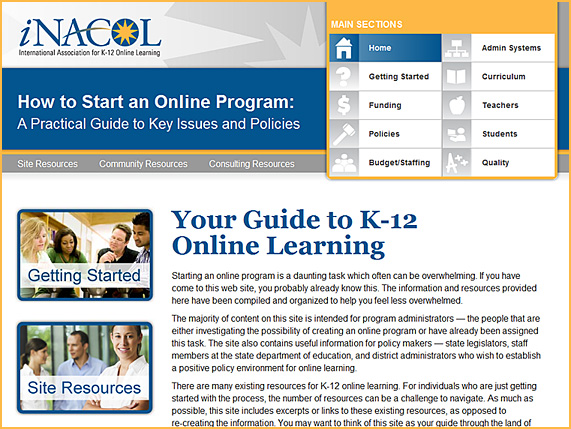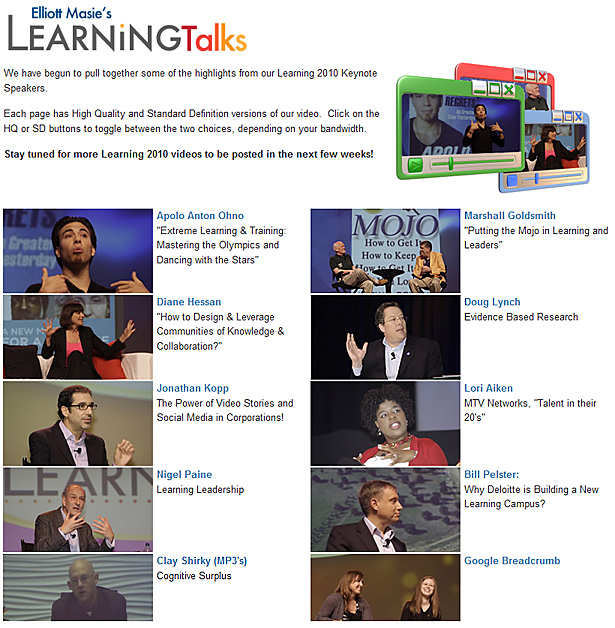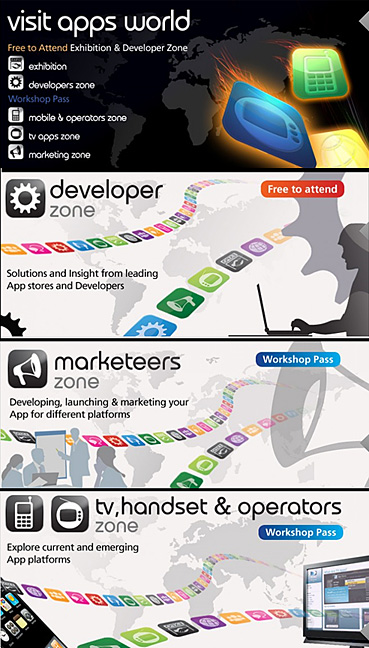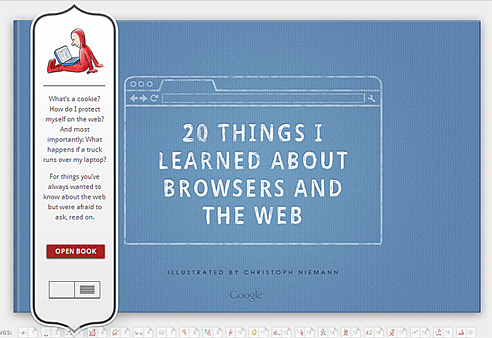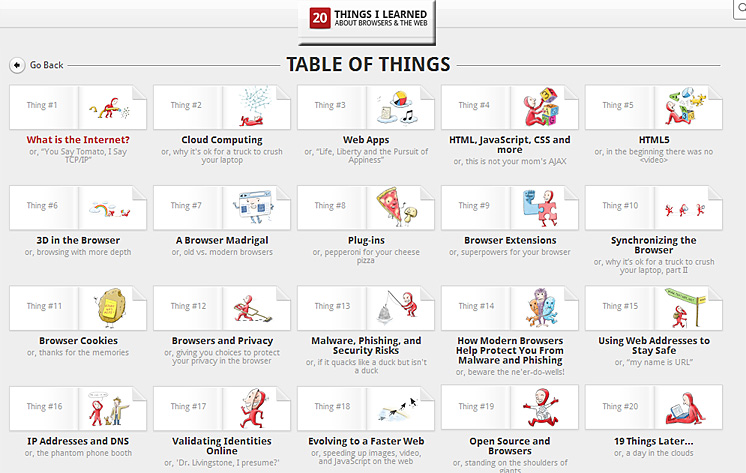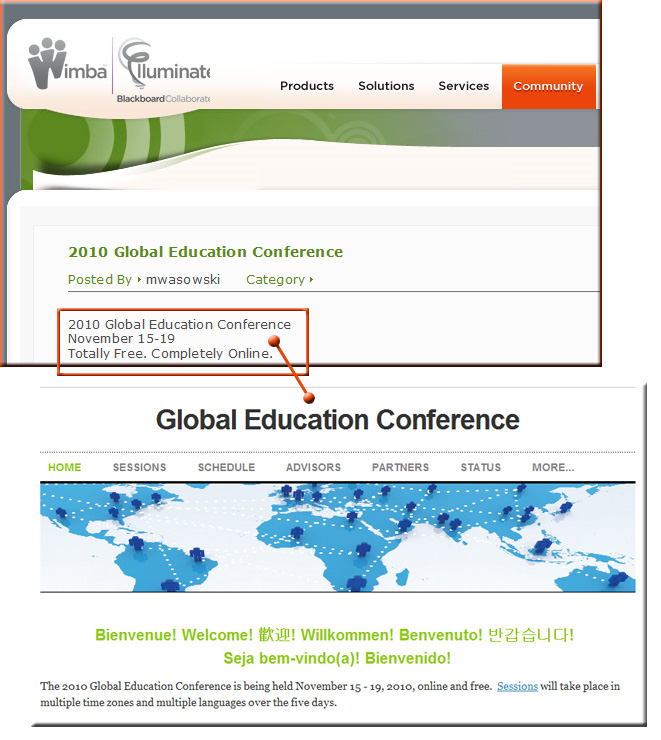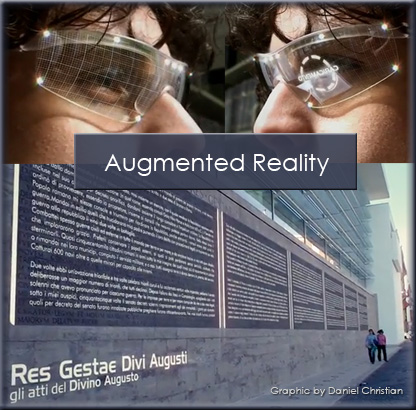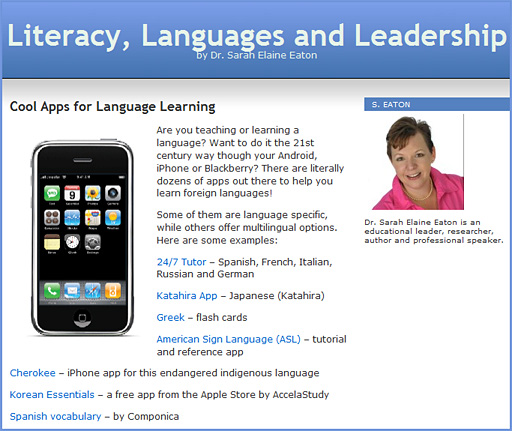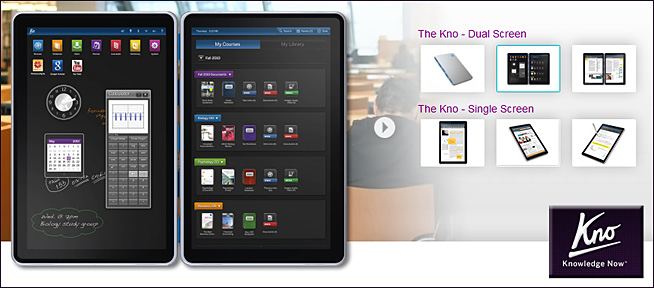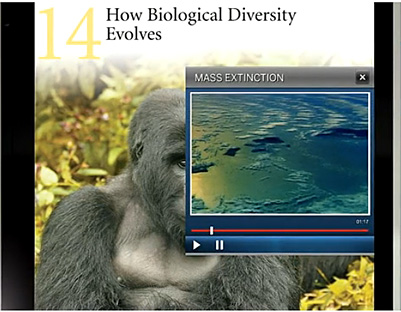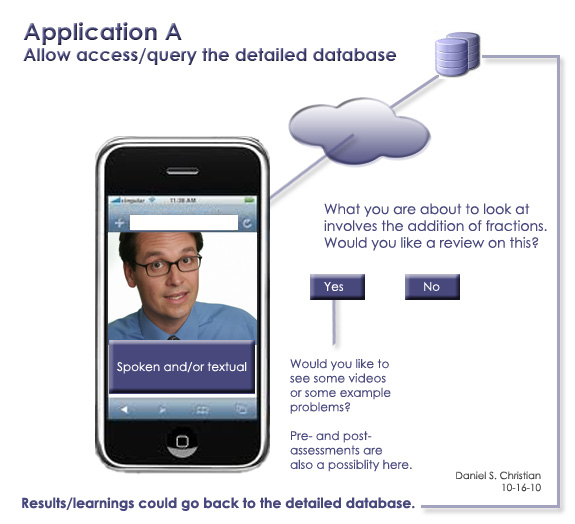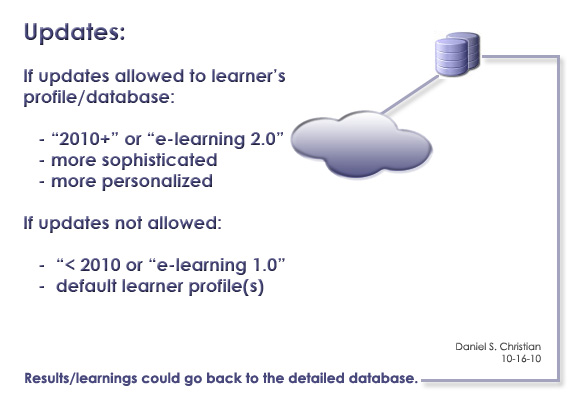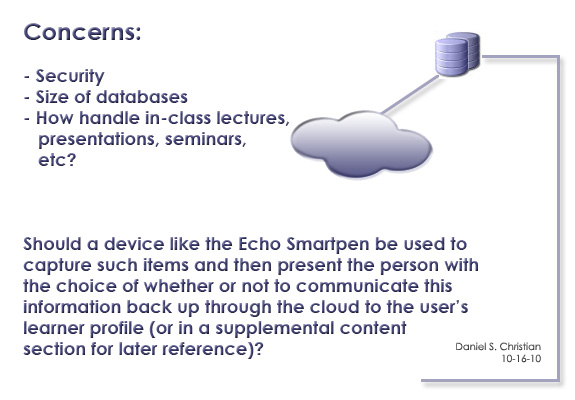The Coming Golden Age of Open Educational Simulations — from Mike Caulfield
From DSC:
Thanks Mike for sharing this information, these lessons and reflections. Although your posting stopped me in my tracks, it was good to reflect upon. It made me wonder about such things as…
- If we could get a billion from the fortunes that Gates, Buffett, and other billionaires are donating, could we create open learning objects/courses and make them available worldwide? Or would that not work?
- Were you all ahead of your time?
- Where does this leave us? That is, is it a wise goal to create interactive, professionally-done, engaging, multimedia-based applications? If so, under what conditions?
- If we pursue this goal, who and how should we do it?
- If open source models are followed, should we move towards the use of consortiums to create the learning objects? i.e. to spread out the development costs?
- What would you say to instructional designers if they are following similar endeavors/efforts? How can one know all of the context that speaks to each individual taking the course?
- Will “The Reusability Paradox” be a show-stopper for us?
- What should our strategy and vision be?
- Or did I miss the whole point here?!
Elliott Masie launches LearningTalks – Free Video Talks on Learning
We are pleased to announce the launch of LearningTalks – a series of short, free, video interviews on learning. This project of The MASIE Center is modeled after the valuable TED Talks, and begins with the release of over 40 segments from Learning 2010. There are interviews with Apolo Ohno, Marshall Goldsmith, Learning Leaders from JCPenny, Yum! Brands, CNN and Peace Corps and many more.
These 3 to 9 minute learning segments are now live at:
LearningTalks – http://www.learningtalks.com
.
Emerging Interactive Ed. Tech: Classmate Assist and Wayang Outpost – Sensors, AI, and Context Awareness for Learning -and Teaching — by Lynn Marentette (emphasis below from DSC)
I’ve been following developments in intelligent tutoring systems for a while, and find it interesting to see how researchers are combining artificial intelligence, learning theory, affective computing, and sensor networks to create applications that might prove to be useful and effective.
The advantage of using intelligent tutoring applications in some cases is that it provides students with additional support and feedback the moment it is needed, something that is difficult for teachers to provide to students in large classrooms. With the increase in use of smartphones and other mobile devices such as the iPad, there is a good chance that this sort of technology will be used to support learning anywhere, anytime.
Although most intelligent tutoring systems are geared for 1-1 computing, I think there are some components that could be tweaked and then transfered to create intelligent “tutoring” systems for collaborative learning. Students like game-based learning, and what could be more fun than playing AND learning with a partner or group of peers? (I plan to revisit the research in this area in an upcoming post.)
Below I’ve highlighted two “intelligent” tutoring systems that incorporate the use of sensors in one form or another to generate information about student learning in a way that simulates what good teachers do every day. The ClassroomAssist application was developed by researchers at Intel, in collaboration with several universities. The Wayang Outpost application was developed by researchers at UMASS, and is aligned with the principles of Universal Design for Learning.









